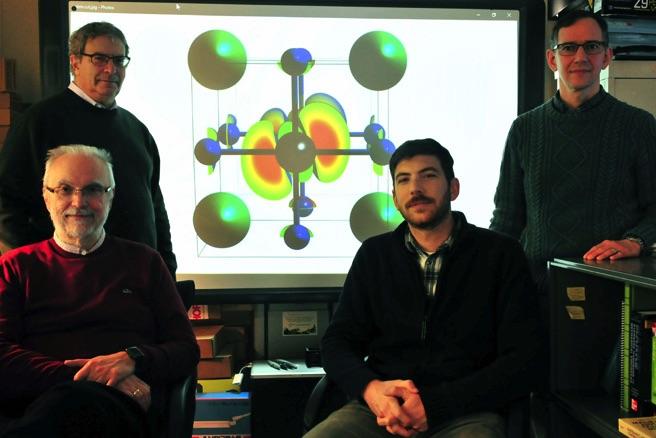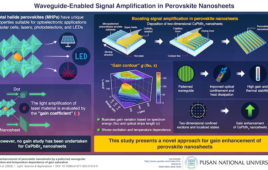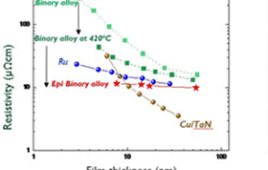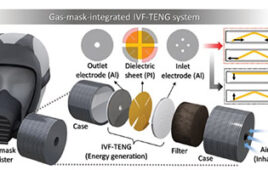
Pictured standing (l-r) are NRL researchers Dr. Alex Efros and Dr. Noam Bernstein; sitting (l-r) are Dr. John Michopoulos and Dr. John Lyons.
A new nanocrystal may pave the way for more efficient LEDs.
An international team led by researchers from the U.S. Naval Research Laboratory (NRL) Center for Computational Materials Science have found that nanocrystals made of cesium lead halide perovskites (CsPbX3) is the first discovered material in which the ground exciton state is bright, making it a suitable candidate for more efficient solid-state lasers and light emitting diodes (LEDs).
“The discovery of such material, and understanding of the nature of the existence of the ground bright exciton, open the way for the discovery of other semiconductor structures with bright ground excitons,” Alexander Efros, Ph.D., a research physicist with NRL, said in a statement. “An optically active bright exciton in this material emits light much faster than in conventional light emitting materials and enables larger power, lower energy use, and faster switching for communication and sensors.”
The researchers examined lead halide perovskites with three different compositions, including chlorine, bromine and iodine and found that nanocrystals made from the compounds and their alloys can be tuned to emit light at wavelengths that span the entire visible range, while also retaining the fast light emission that gives them superior performance.
Semiconductors emit light when bound pairs of excitons recombine in a process known as radiative decay.
“In all known semiconductors and semiconductor nanostructures, the lowest energy state for a bound electron-hole pair is a ‘dark’ state,” Efros said. “This means the material emits light slowly and weakly.”
The lowest energy exciton in perovskite nanocrystals is bright, enabling the time it takes for the electron and hole to recombine and emit light—called the radiative lifetime—to be 20 times faster than conventional materials at room temperature and 1000 times faster at cryogenic temperatures.
Quantum-dot based LEDs (QLEDs) can suffer from “droop” or reduced efficiency at high pumping intensity due to processes that dissipate the energy of excitons before they have time to emit light. The decreased radiative lifetime could make it possible for LEDs based on perovskites to use all of the energy input to create light before it is dissipated through slower processes.
“The increased rate of light emission of these materials holds great promise for various technological applications that rely on LEDs and lasers,” Efros said. “In principle, the 20 times shorter lifetime could therefore lead to 20 times more intense LEDs and lasers.”
Increased light emission rates could also benefit communication in free space using visible light, which makes it possible to transmit information in tight beams for long distances without fiber optic or copper cables.
“The maximum bandwidth of the communication system is limited by the rate at which the LEDs can turn on and off, and the shorter radiative lifetime translates directly into faster switching and therefore a higher data transmission rate,” Efros said.




